How to reverse a fatty liver
Fatty liver occurs when excess fat accumulates inside liver cells. This means normal, healthy liver tissue becomes partly replaced with fatty tissue. The fat starts to invade the liver, gradually infiltrating the healthy liver areas, so that less and less healthy liver tissue remains. The fatty liver has a yellow greasy appearance and is often enlarged and swollen with fat.
Fatty liver is now recognised as the most common cause of abnormal liver function test results in Australia, the UK and USA. Around one in five people in the general population has a fatty liver. Fatty liver is usually associated with abdominal obesity, insulin resistance and type 2 diabetes. If severe, it can eventually lead to cirrhosis and liver failure.
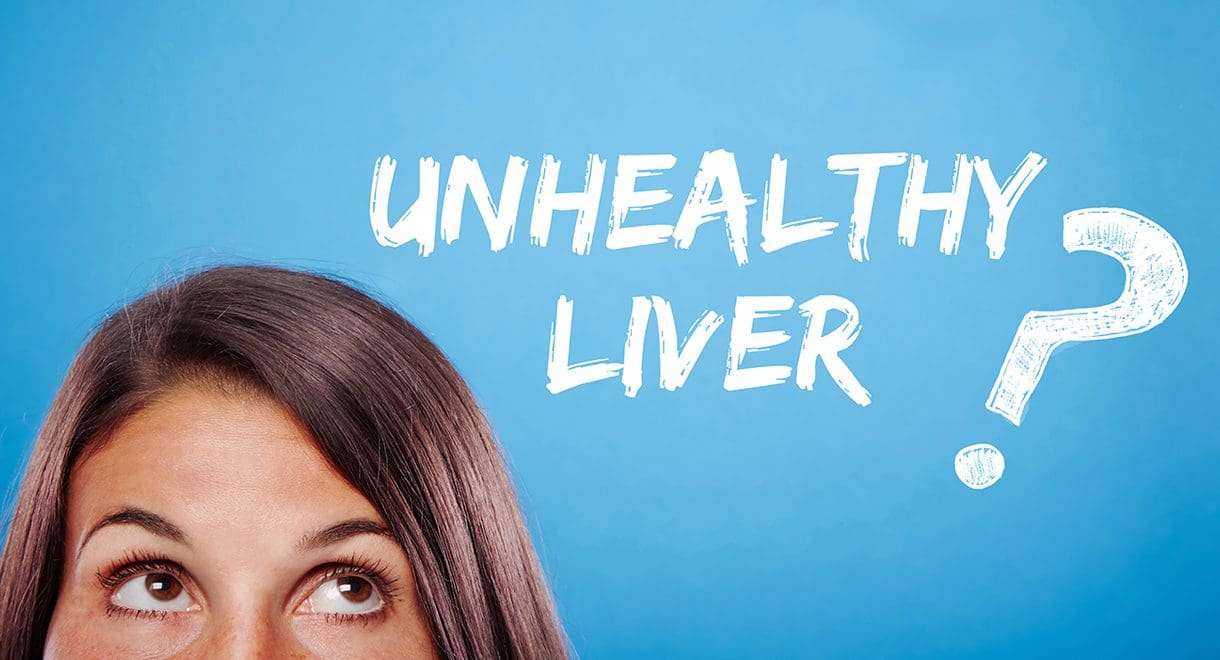
How would you know if you have a fatty liver?
Many people with a fatty liver are unaware that they even have a liver problem, as the symptoms can be vague and non-specific, especially in the early stages. Most people with a fatty liver feel generally unwell, and find they are becoming increasingly fatigued and overweight for no apparent reason.
Possible symptoms of fatty liver include:
- Weight excess in the abdominal area
- Elevated cholesterol and triglyceride levels
- Tiredness and fatigue
- Nausea
- Gallstones
- Overheating of the body
- Excessive sweating
- Red itchy eyes
Fatty liver is diagnosed with a blood test and liver ultrasound. Luckily fatty liver is reversible.
Here are 5 ways to reverse a fatty liver:
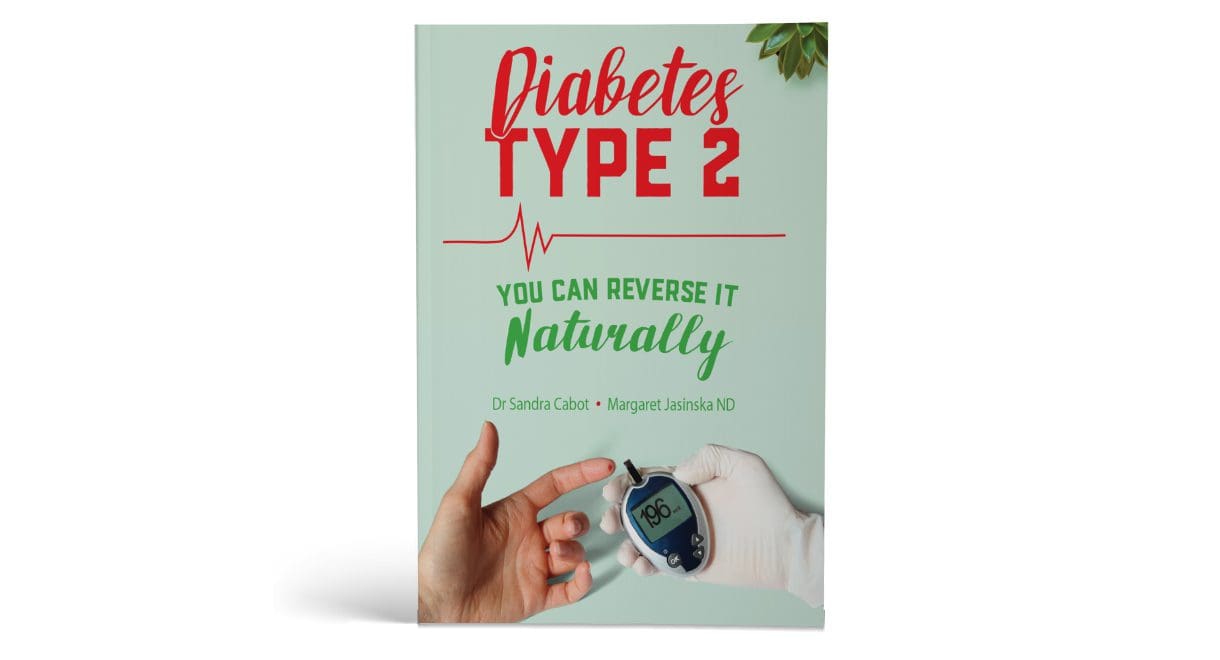
1. Eat less carbohydrate
Poor diet is the leading cause of fatty liver disease. The biggest offenders are sugar and foods made of white flour; they need to be avoided completely. However, a high intake of carbohydrate rich foods in general can promote fatty liver, as the liver converts excess carbohydrate into fat. Foods that need to be restricted include bread, pasta, rice, breakfast cereals, potatoes and any food made of flour. See our Diabetes Type 2 – You can Reverse it Naturally for a low carbohydrate eating plan.
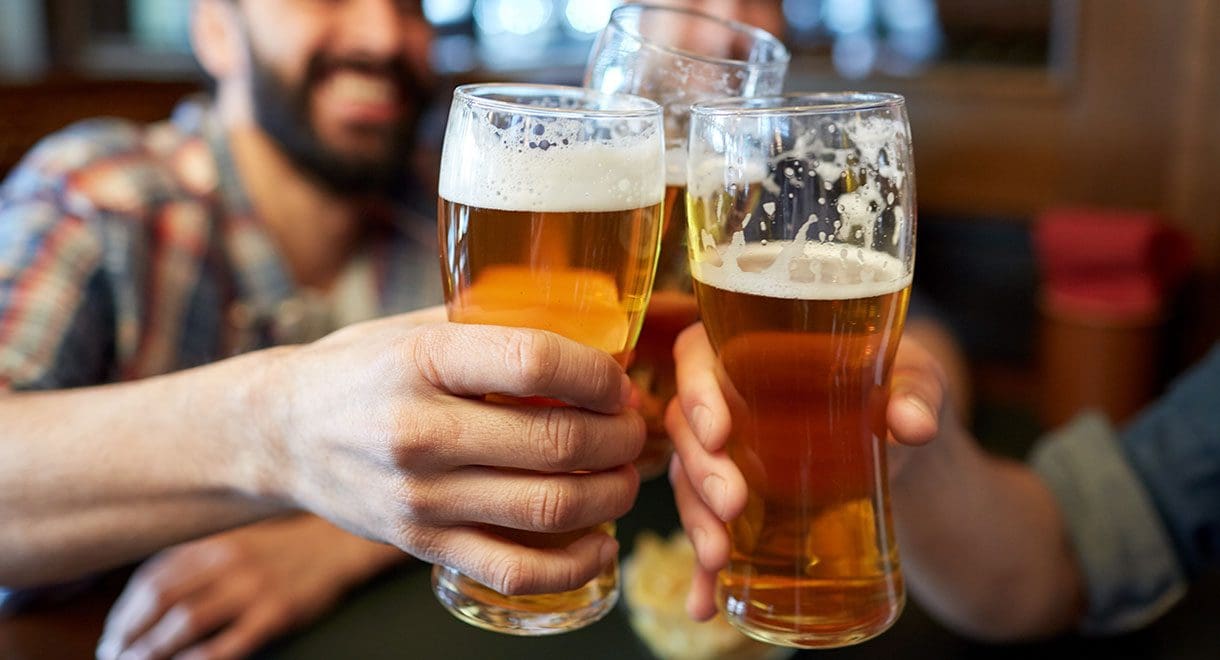
2. Drink less alcohol
Excess alcohol consumption is the second biggest cause of fatty liver. Alcohol can cause inflammation and damage to liver cells, resulting in fatty infiltration. People with a fatty liver should limit alcohol consumption to one drink per day, with at least two alcohol free days per week.

3. Eat more vegetables, protein and the right fats
Raw vegetables and fruits are the most powerful liver healing foods. These raw foods help to cleanse and repair the liver filter, so that it can trap and remove more fat and toxins from the bloodstream. Eat an abundance of vegetables (cooked and raw salads). Fruit is healthy for most people, but if you have high blood sugar or insulin resistance, it’s best to limit fruit to 2 servings per day. Protein is important because it helps to keep the blood sugar level stable, helps with weight loss from the abdomen and reduces hunger and cravings. Protein should be consumed with each meal. Good sources of protein include eggs, poultry, seafood, meat, nuts, seeds, whey protein powder, legumes and dairy products.
Most vegetable oil and margarines can worsen a fatty liver. Healthy fats to include more of in your diet are found in olive oil, oily fish, flaxseeds, coconut oil and raw nuts and seeds.
4. Drink raw vegetable juices
Raw juices are an excellent source of highly concentrated vitamins, minerals and antioxidants. Your juice should be comprised of 80 to 100 percent vegetables, with the remainder comprised of fruit. Do not drink fruit juice; it is too high in carbohydrate and calories. Our book Raw Juices can Save your Life contains numerous raw juice recipes.
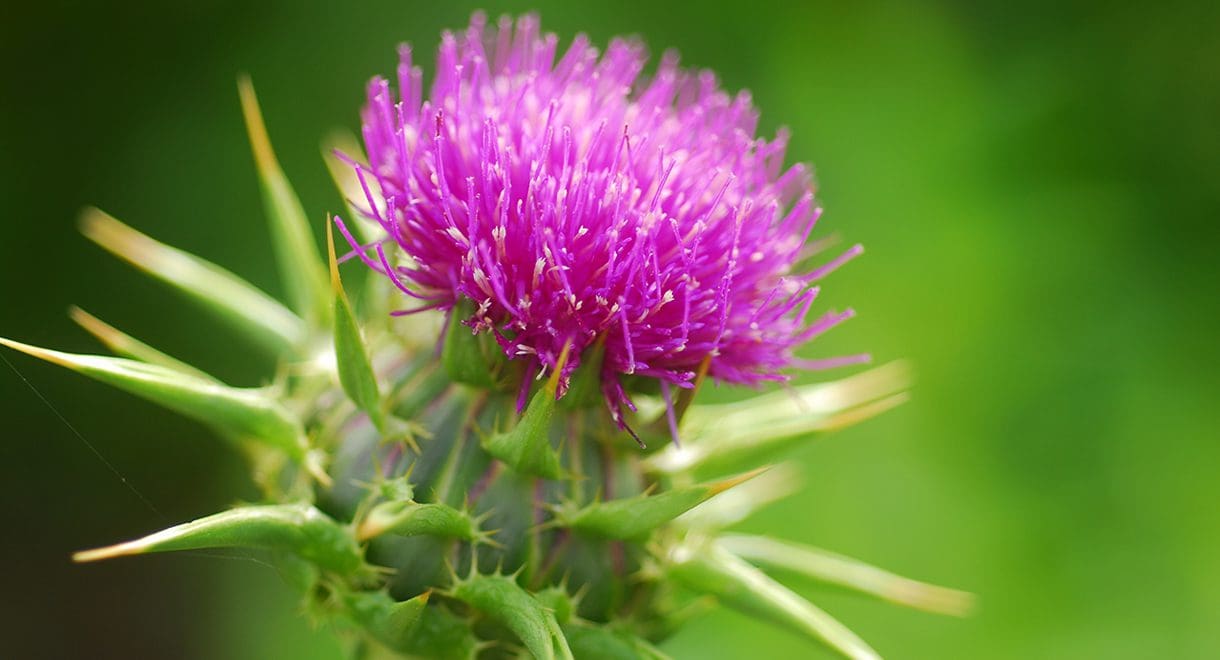
5. Take a good liver tonic
Choose a liver tonic that combines the clinically proven dose of St Mary’s thistle with B group vitamins, antioxidants and sulfur rich amino acids. A good liver tonic can promote repair of damaged liver cells and facilitate the fat burning and detoxification abilities of the liver.


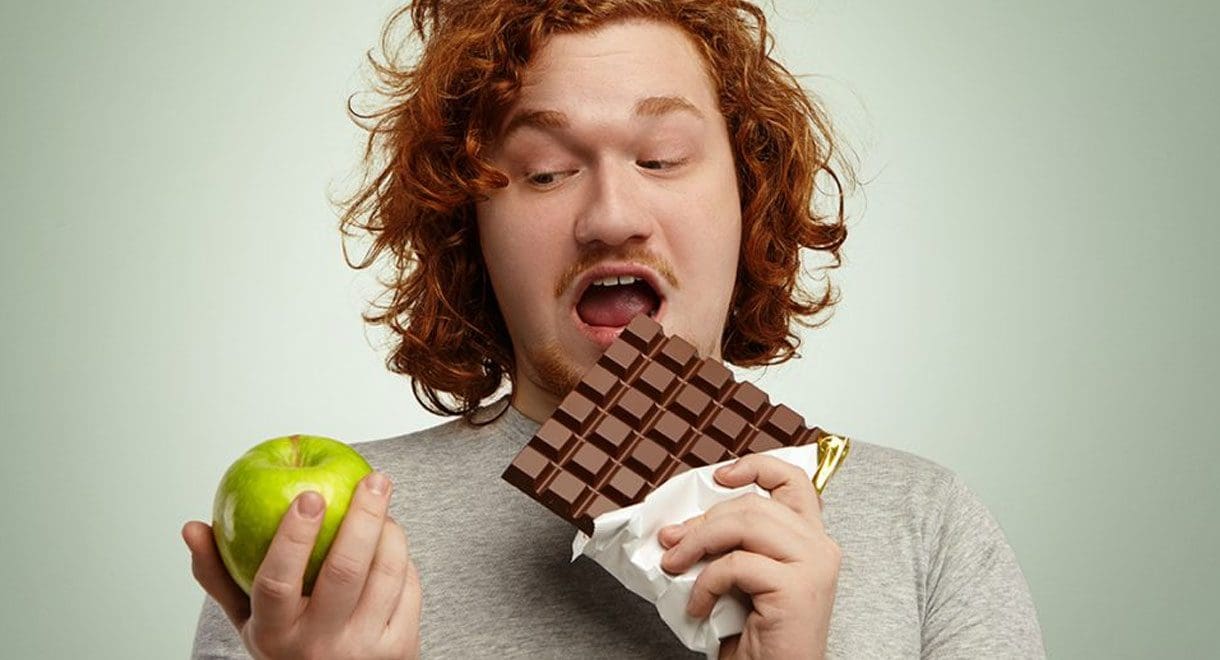
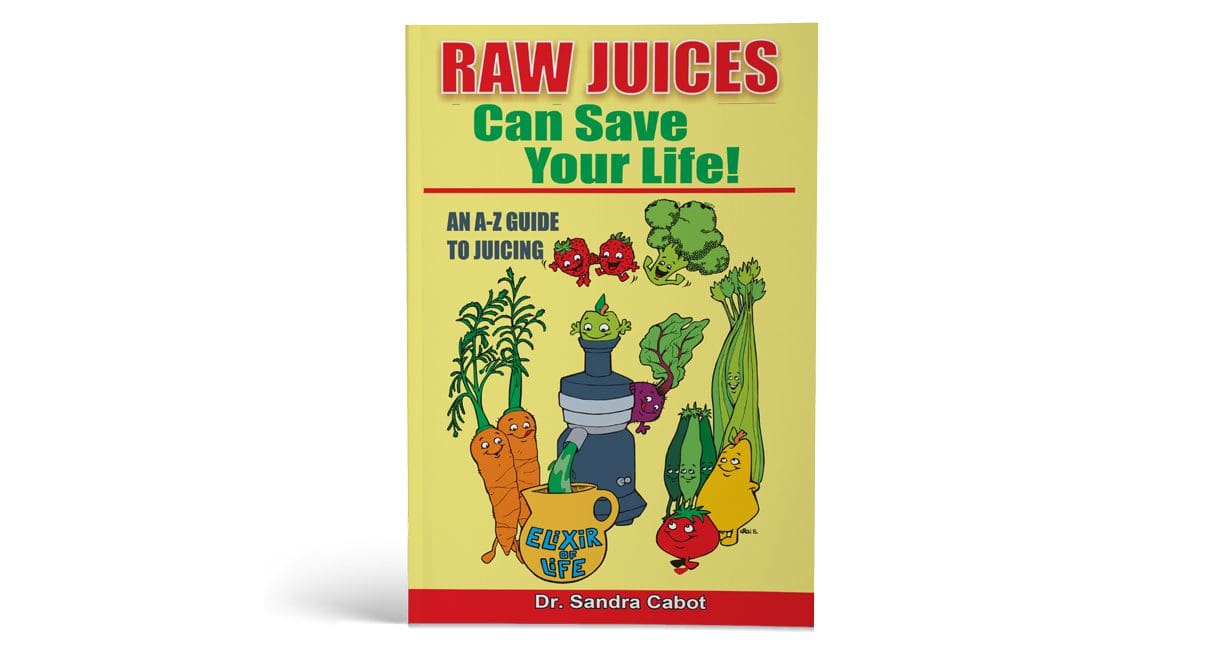

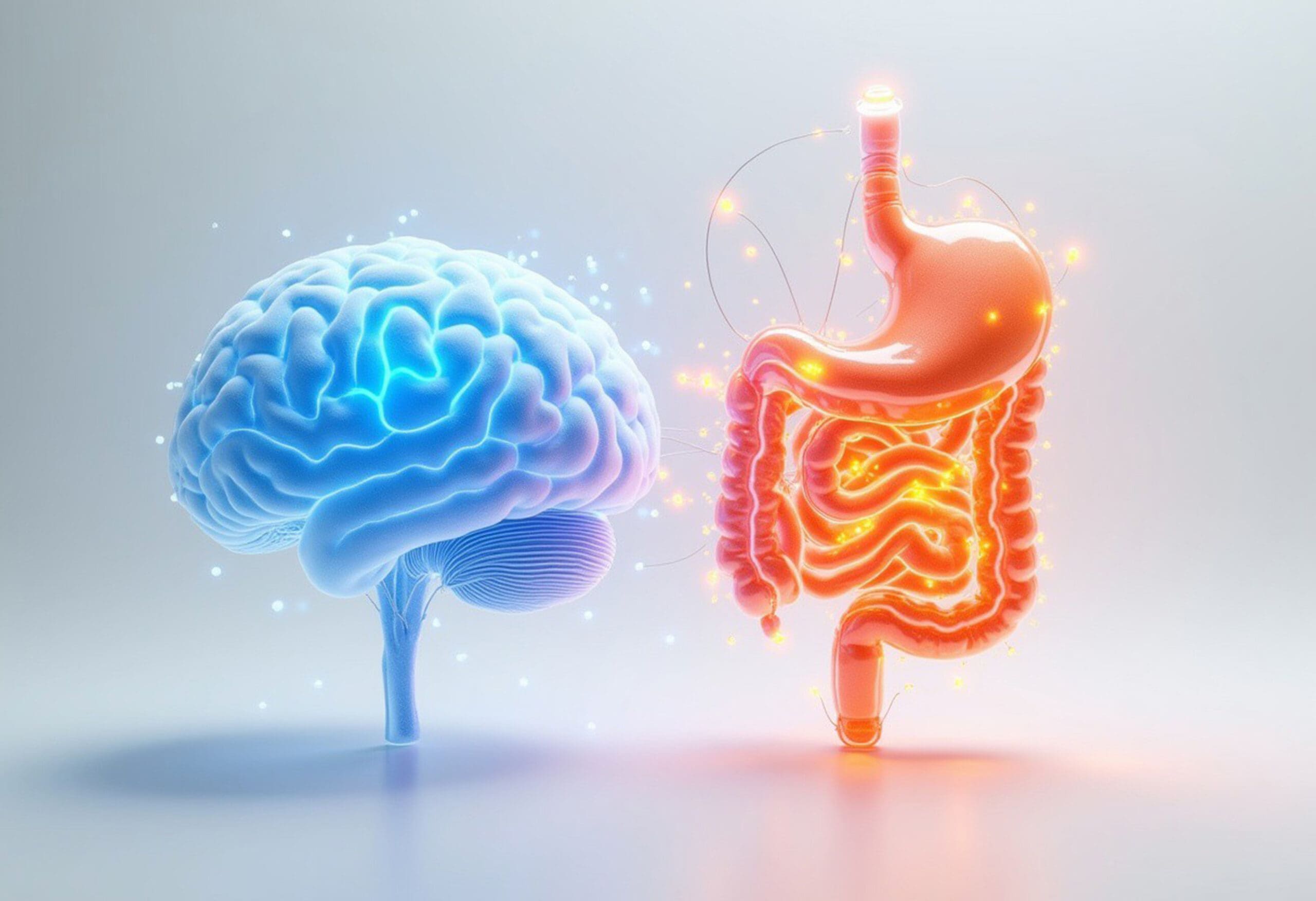
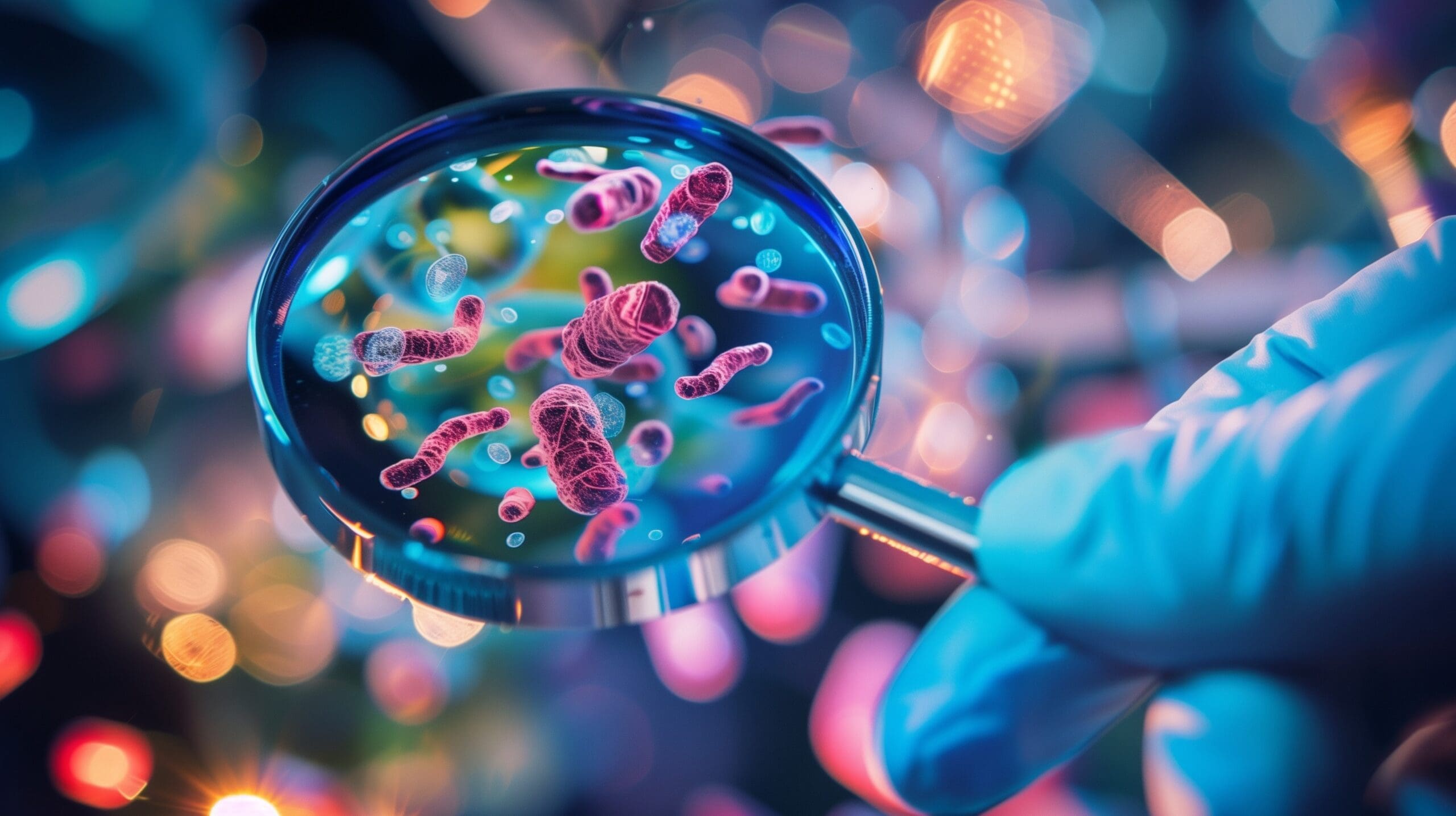
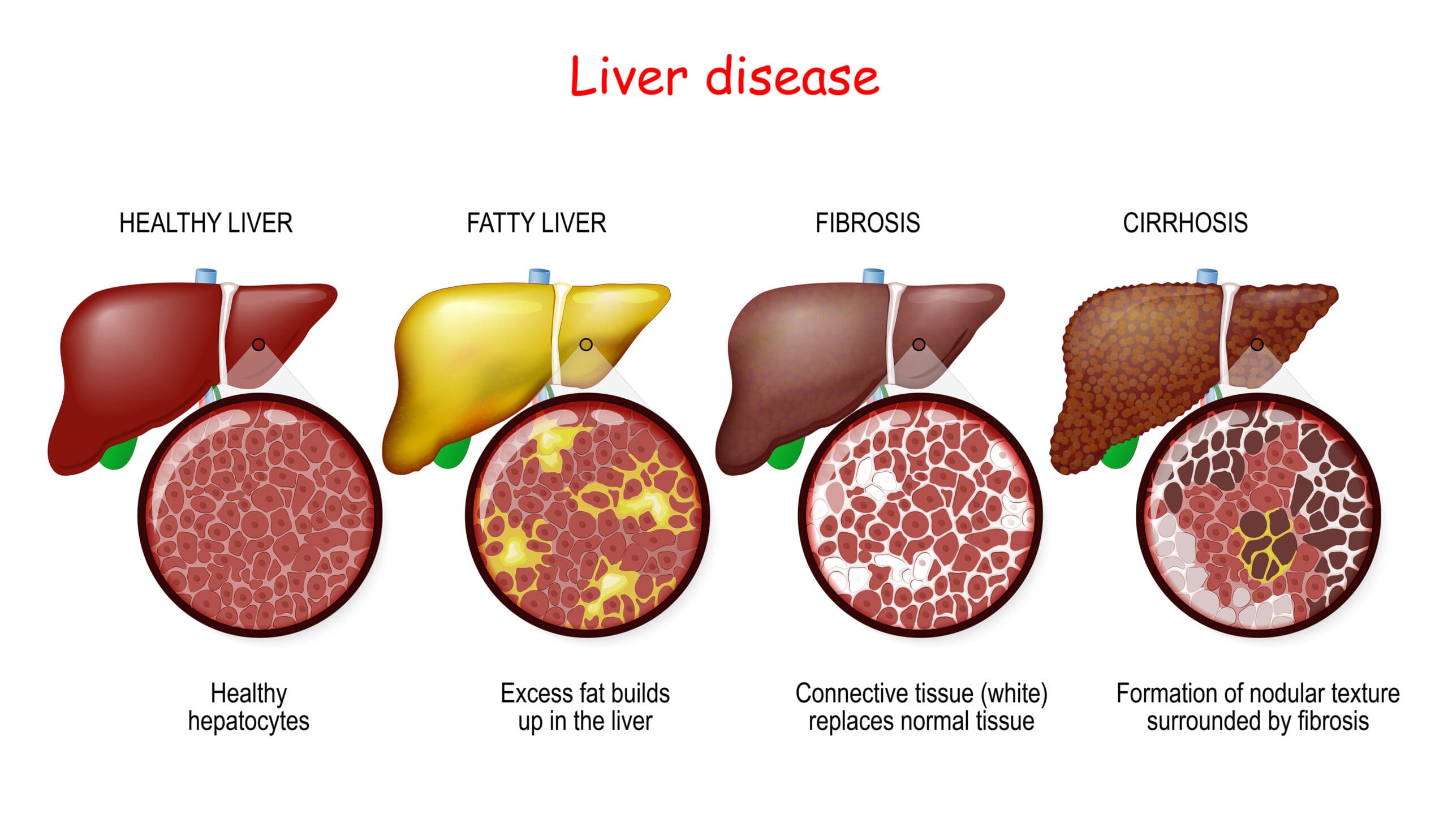
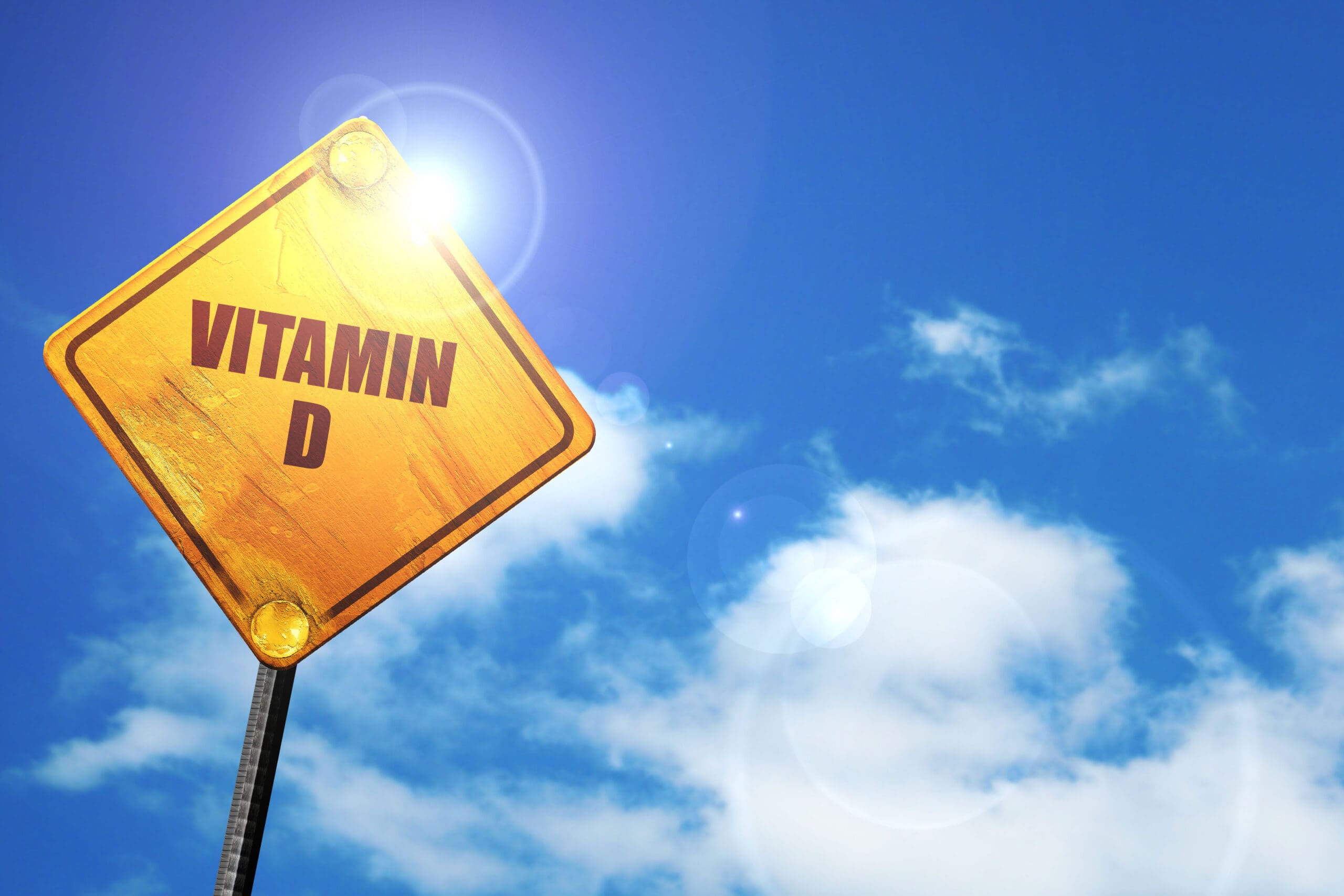
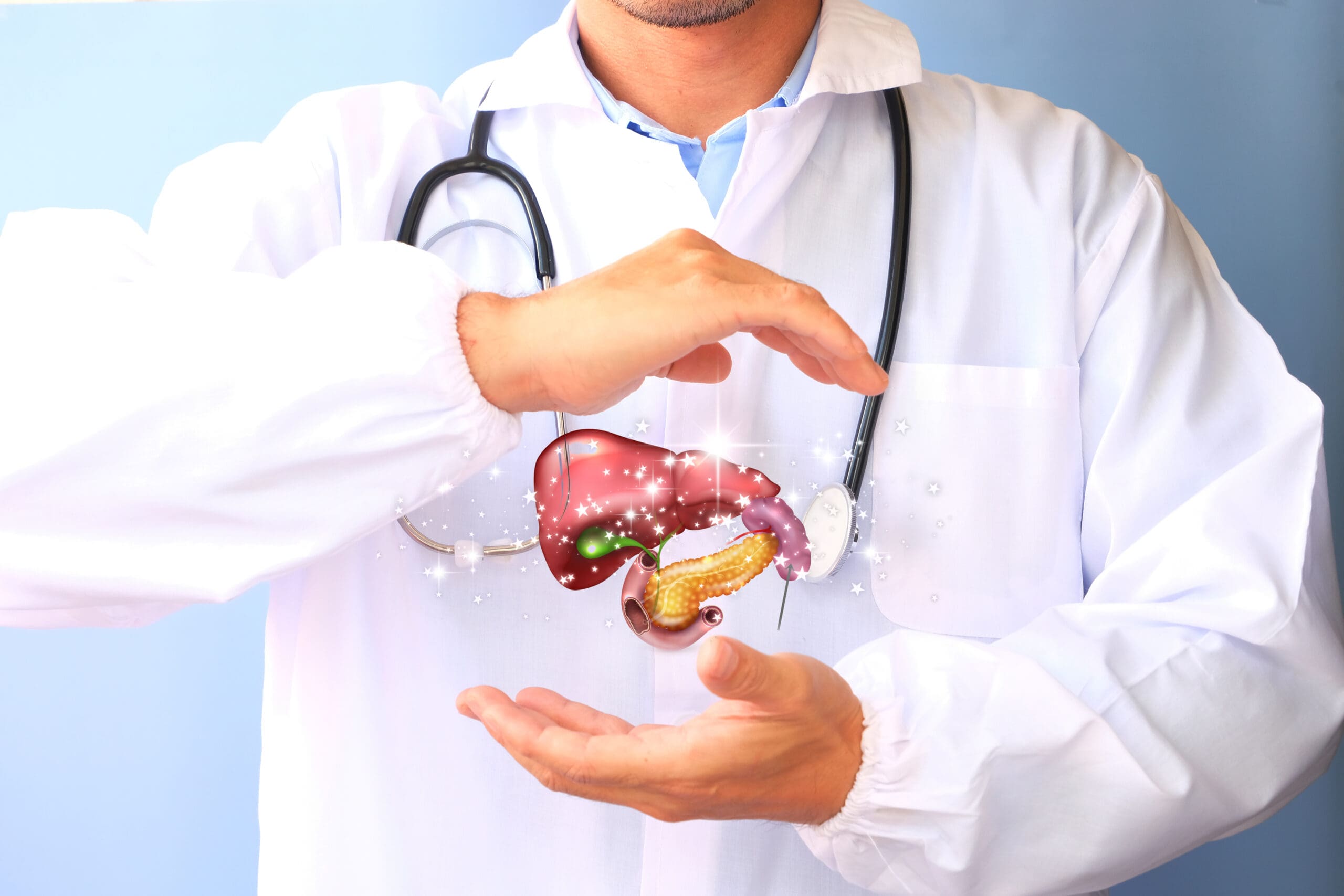
Leave A Comment